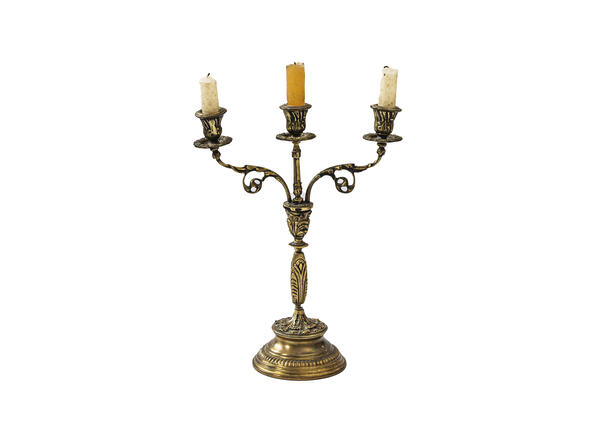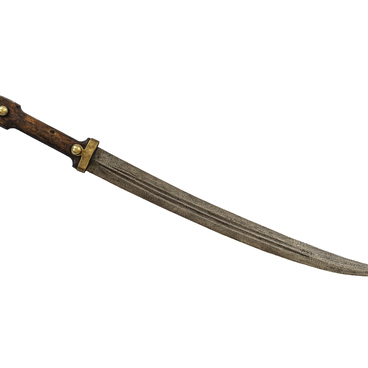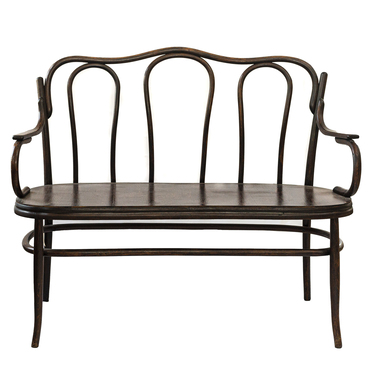The word “candelabrum” is of Latin origin and translates as a “candle holder”. Originally candelabra were made of clay, wood, or reeds and used in ritual ceremonies. Metal candelabra replaced the wooden ones. They were made of tin, bronze, silver, and decorated with gilding and precious stones.
Unlike a simple candlestick, the candelabrum has a heavy base, which gives it particular stability. In the old days, it was shaped to be more convenient to hold in hand. If the candelabrum held three candles, its candlesticks were usually turned in one plane, and if there were five or more, they were arranged in a circle.
Over time, many types of floor and table volumetric and heavy candelabra appeared. Many of them had separate names, such as girandole, menorah, floor lamp, and chandelier. Small candelabra were carried and installed where necessary, and massive ones, as a rule, were fixed in the interior on special pedestals in the form of columns.
The girandole was a three-dimensional, multi-tiered candelabrum on a low stand, and was usually decorated with crystal pendants. The legs of the lamp were arranged in a circle. Such candelabra were most often mounted on mantelpieces.
The floor candelabrum was called a floor lamp. It served as the decoration of the palace halls and boudoirs. It was often decorated with ornaments and bas-reliefs. The foot of such a lamp was made in the form of a human, animal, or plant figure.
The chandelier had an impressive weight. A special weighting in the lower part for greater stability complemented it. Such candelabra were used for lighting dark staircases.
Not every house in Tyumen in the 19th century was lit in the evenings with bronze candelabra. But they were not rare in the interiors of merchant estates, including the estate of Tyumen mayor Ivan Ikonnikov, who, among other things, was the owner of a large saltworks. Lard was one of the basic materials for the production of candles.
The displayed candelabrum was specially purchased for the exhibition in an antique store in Saint Petersburg in 1995.
Unlike a simple candlestick, the candelabrum has a heavy base, which gives it particular stability. In the old days, it was shaped to be more convenient to hold in hand. If the candelabrum held three candles, its candlesticks were usually turned in one plane, and if there were five or more, they were arranged in a circle.
Over time, many types of floor and table volumetric and heavy candelabra appeared. Many of them had separate names, such as girandole, menorah, floor lamp, and chandelier. Small candelabra were carried and installed where necessary, and massive ones, as a rule, were fixed in the interior on special pedestals in the form of columns.
The girandole was a three-dimensional, multi-tiered candelabrum on a low stand, and was usually decorated with crystal pendants. The legs of the lamp were arranged in a circle. Such candelabra were most often mounted on mantelpieces.
The floor candelabrum was called a floor lamp. It served as the decoration of the palace halls and boudoirs. It was often decorated with ornaments and bas-reliefs. The foot of such a lamp was made in the form of a human, animal, or plant figure.
The chandelier had an impressive weight. A special weighting in the lower part for greater stability complemented it. Such candelabra were used for lighting dark staircases.
Not every house in Tyumen in the 19th century was lit in the evenings with bronze candelabra. But they were not rare in the interiors of merchant estates, including the estate of Tyumen mayor Ivan Ikonnikov, who, among other things, was the owner of a large saltworks. Lard was one of the basic materials for the production of candles.
The displayed candelabrum was specially purchased for the exhibition in an antique store in Saint Petersburg in 1995.



